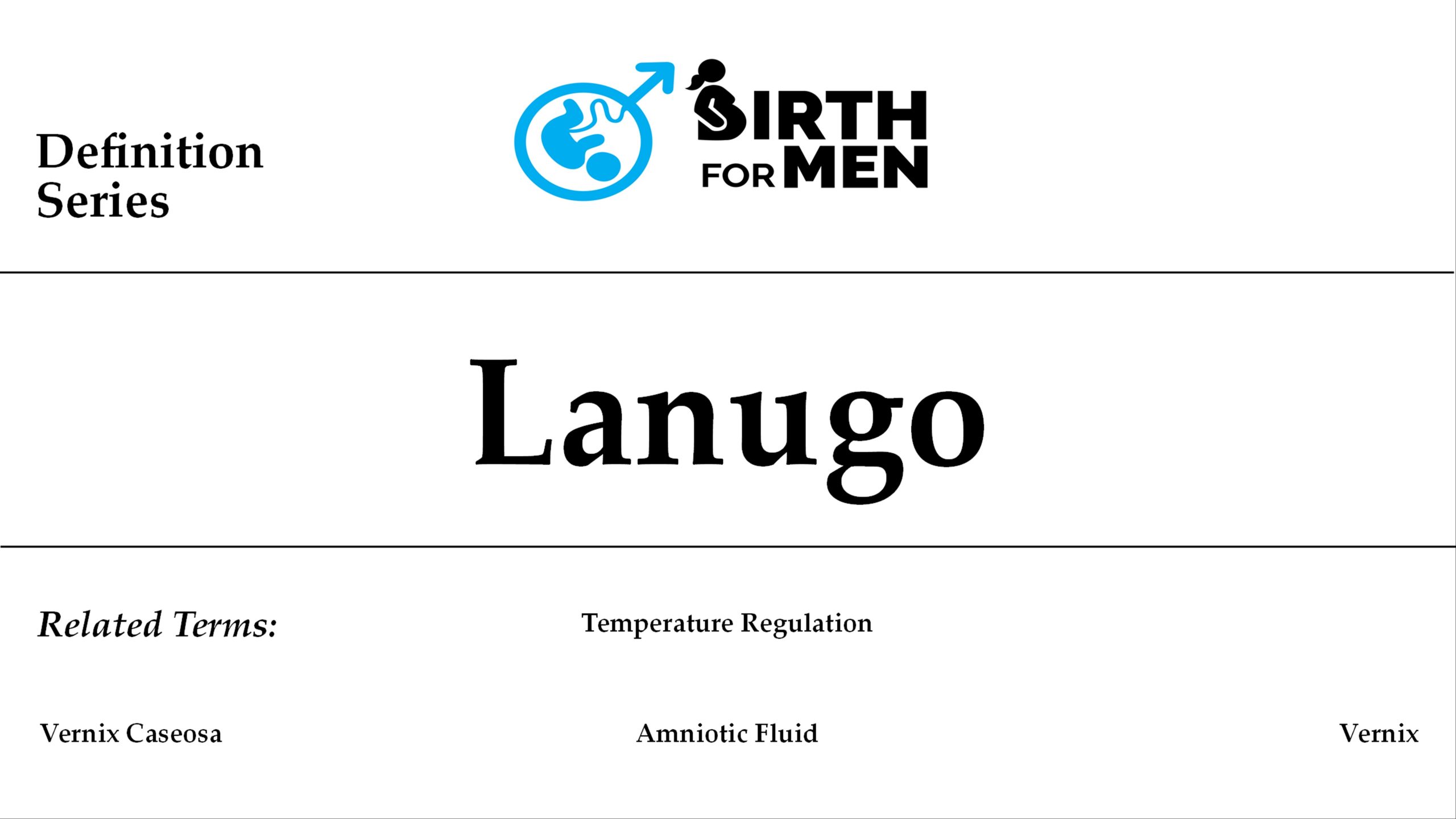Lanugo is the soft, downy hair that covers the body of a fetus during the last few months of pregnancy. Derived from the word lana which means wool, it is made up of downy unpigmented hair that covers the body of a fetus during the last few months of pregnancy. It is thought to provide insulation and help protect the delicate skin of the fetus from amniotic fluid.
Lanugo starts to form around 3 months of gestation and is shed before and shortly after birth and usually does not regrow. However, there are cases where lanugo does not fully go away or becomes visible on the skin later in life. This is more common in people with certain medical conditions, such as Down syndrome or anorexia nervosa.

There are no known risk factors for lanugo. Complications associated with lanugo are rare. However, in some cases, it can be a sign of a more serious condition, such as fetal distress. Lanugo does not require treatment and will typically shed before birth. In rare cases where it is a sign of a more serious condition, treatment will be necessary.
Other Related Terms
Other terms closely related to lanugo include:
- Fetal distress: A condition in which the fetus is not getting enough oxygen.
- Amniotic fluid: The fluid that surrounds the fetus in the womb.
- Birth: The process of delivering a baby from the mother’s womb.
This image shows how often the term ‘Lanugo’ is used in relation to other, similar birth terms:

Do you know a man who wants to learn more about birth? Send him our way! Also, men and women are welcome to join our free public community of Dads helping Dads be better at birth.

